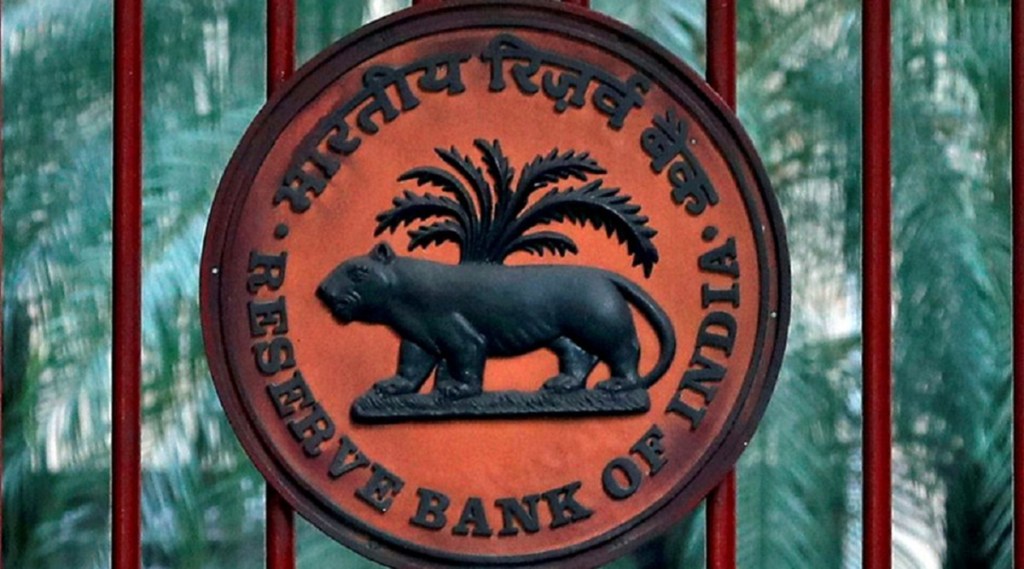While the Reserve Bank of India (RBI), on Thursday, unexpectedly kept the repo rate unchanged at 6.5 per cent, what’s the outlook for the interest rate movement going forward? According to economists and experts, MPC will maintain a ‘prolonged pause’ and assess the lagged impact of previous rate hikes amid global macro uncertainty and tail end of the global rate hike cycle. “Unless CPI inflation rises above 6 per cent on a sustainable basis, we expect MPC to maintain a prolonged pause hereafter and assess the lagged impact of previous rate hikes amid global macro uncertainty and tail end of the global rate hike cycle. If we were to assume no further rate hike, the real policy repo rate would stand at 1.2 per cent, (vs. 0.9 per cent earlier) assuming March 2024E inflation of 5.3 per cent,” said Garima Kapoor, Economist, Institutional Equities, Elara Capital.
Madan Sabnavis, Chief Economist, Bank of Baroda, too said, “The message from the policy decision is that the decision will be data driven. Expect inflation rates to move down due to base effects. Hence, can expect a prolonged pause.”
Lakshmi Iyer, CEO-Investment & Strategy, Kotak Investment Advisors Limited., said, “No change in stance means RBI is prepared to act if the need arises. While pause doesn’t mean pivot yet, global central banks actions will hold the key going forward.”
A rate hike or cut, going forward?
While the RBI kept the rate unchanged, Governor Shaktikanta Das had said that the MPC will not hesitate to raise the repo rate in future meetings, if need be. “While the RBI MPC delivered a cautious pause with readiness to act, should the situation so warrant, we believe that the bar for incremental rate hikes was set very high,” said Suvodeep Rakshit, Senior Economist, Kotak Institutional Equities. He enlisted the reasons for this as: 1) domestic inflation is expected to remain at sub-6 per cent levels in FY2024, 2) significant downside risks to RBI’s FY2024 GDP growth estimates of 6.5 per cent, 3) real policy rates nearing RBI’s earlier stated comfort level of above 100 bps, 4) easing external sector risks, and 5) global monetary tightening cycle nearing the peak.
Agreed Garima Kapoor, “Even as Governor Shaktikanta Das asserted the current pause should not be viewed as a pivot, we believe the bar for future rate hikes has been raised, especially since near-term prints of CPI will be sub-6 per cent (vs 6 per cent-plus for January and February 2023).”
Meanwhile, Dharmakirti Joshi, Chief Economist, CRISIL, opined that RBI will likely cut rates towards the end of fiscal 2024. “Monetary policy typically impacts the real economy with a lag of 3-4 quarters, and the full impact is expected to slow growth and moderate inflation in fiscal 2024. The RBI is likely to respond by cutting rates towards the end of fiscal 2024.”
Will RBI fall in line with US Fed, ECB?
The RBI’s rate action was against the wide expectations of a hike of 25 bps followed by a prolonged pause. Economists had also expected the hike to be in line with the hike announcements by the US Fed and ECB. The Federal Reserve raised rates by 25 basis points, or 0.25 percentage points in February 2023. The RBI governor also clarified that India’s monetary policy is determined primarily by domestic factors and not by the actions of central banks across the world. In a media interaction, Das said, “We were never really coupled with US Fed action.”
Experts also pointed out that not just RBI, major global central banks also seem to be close to the end of rate hike cycle. “Major global central banks also seem to be close to the end of the rate hike cycle. S&P Global expects a smaller rate hike in May (~20 bps), with the US Federal Reserve funds rate peaking at 5.00-5.15 per cent,” said Dharmakirti Joshi. S&P Global expects the Fed to cut only from mid-2024, and end at 4.00 per cent by the end of this year, he added. “This could keep external financing conditions challenging for emerging markets like India in 2023.”
All this suggests that while the phase of aggressive rate hikes may be over, the aftereffects on financial conditions along with any upside to inflation would be the risks to watch for in the new fiscal year.
